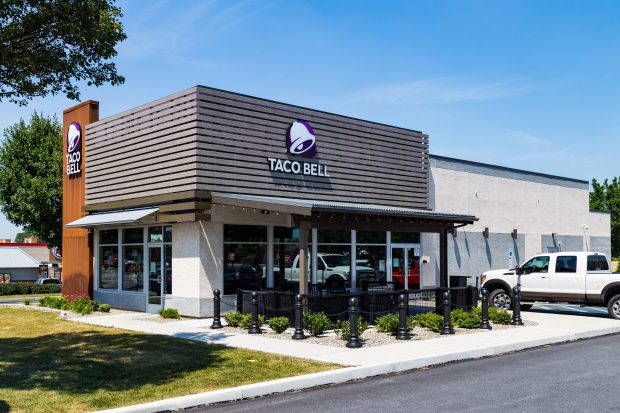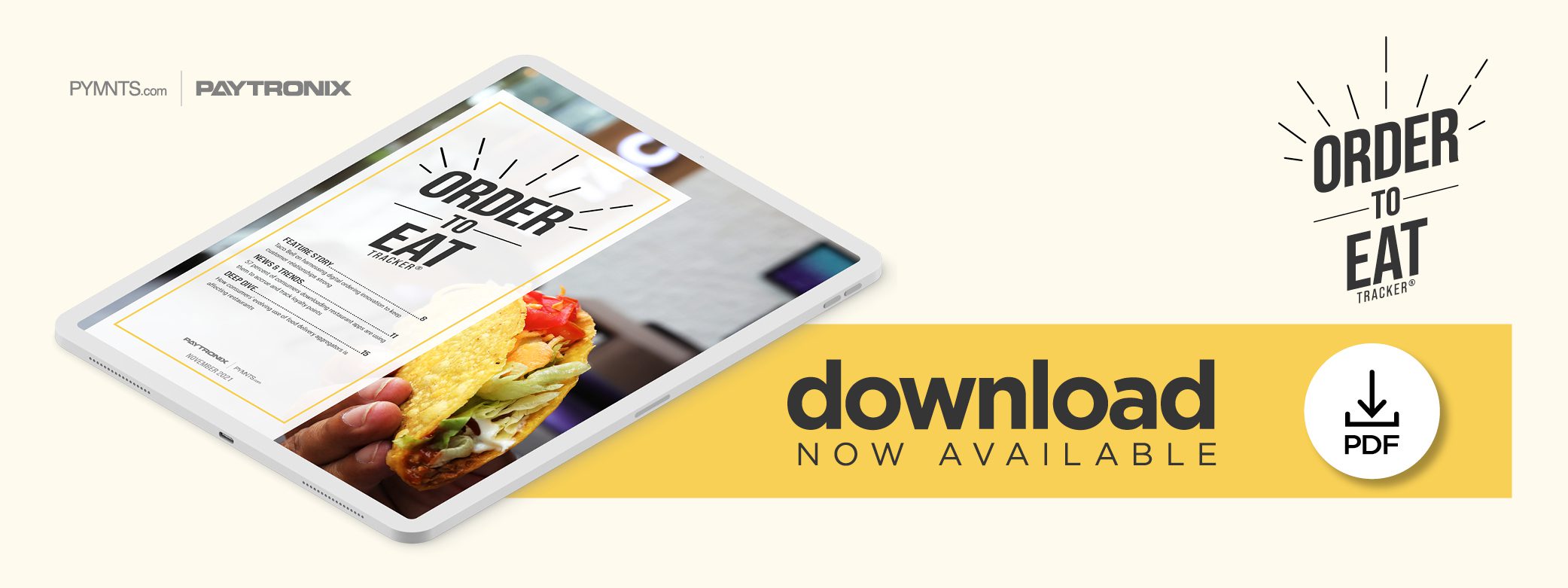Taco Bell on Harnessing Digital Ordering Innovation to Keep Customer Relationships Strong

Partnering with aggregators is a double-edged sword for quick-service restaurants (QSRs). It increases exposure and order volumes, yet puts the customer relationship at risk. In the latest Order To Eat Tracker, Taco Bell’s Zipporah Allen discusses how the chain is tapping loyalty programs and digital subscriptions to strengthen and build better relationships with its customers.
Many businesses were forced to make drastic changes when the pandemic began, and quick-service restaurants (QSRs) were no exception.
The sudden shift away from in-person service drove QSRs of all sizes to expand their delivery and takeout operations and develop more comprehensive online and mobile ordering solutions. The digital transformation is hardly over, however, and most restaurants still seek new ways to engage customers and build loyalty.
Fast food behemoth Taco Bell has worked to improve its digital and drive-thru offerings while prioritizing safety and efficiency throughout the pandemic, said Zipporah Allen, the chain’s chief digital officer. Now, as restrictions ease, digital channels continue to be a vital part of the QSR’s efforts to enhance the experience for customers and employees.
“In the last year, we redefined the QSR experience with our new Go Mobile concept,” she said. “This new restaurant format enhances the digital and drive-thru experience for guests through additional access points like curbside pickup and dual drive-thru lanes.”
Allen explained that Taco Bell is prioritizing digital investments to maximize efficiency for customers who want to dine away from the restaurant. To that end, the chain recently explored kiosk solutions at some locations in addition to online and app-based ordering options.
“In our Times Square Cantina location, we kicked off a kiosk-focused experience that allowed customers to order completely digitally while still having that in-person experience,” she said.
She explained that Taco Bell is aiming to use its digital transformation as a springboard to reach larger audiences and tap into new ordering behaviors while adding value for its existing customers. This could be a key benefit in helping even the largest restaurants retain control of the customer relationship as third-party platforms such as aggregators become increasingly popular among consumers.
“[This transformation has] also helped us develop a deeper and more personal relationship with our existing fans, especially on digital, through things like Taco Bell Rewards, personalization and early access for our most craveable menu items,” Allen said.
Leveraging the Rewards Experience
Taco Bell Rewards launched last July, and Allen said membership has grown almost sixfold since the first month it was available. Much of the program’s success has hinged on offering exclusive perks and freebies to loyal customers, with customization and specialty items also playing big roles.
“One of our biggest moments for the rewards program, and the highest sign-up period in all of 2021, was mapped back to our $5 Build Your Own Cravings Box campaign, which was available exclusively to our Taco Bell Rewards members on the Taco Bell app,” Allen said. “It allowed our fans access to create their meals exactly as they please, encouraging them to take ownership of their Taco Bell favorites.”
The QSR also explored digital subscription offerings to build loyalty and engage customers across different ordering channels. It recently debuted the Taco Lover’s Pass at several of its Arizona locations, enabling customers to use its app to receive one of seven available tacos each day for 30 days. Subscribers paid a one-time fee for the service, with the company benefiting from any additional purchases customers made when they ordered their daily tacos.
Embracing Delivery to Drive Sales
Taco Bell is taking a multichannel approach to delivery, and Allen said customers can now place delivery orders via any major aggregator operating in the United States. The company has considered customer and team member feedback when making decisions concerning delivery services, which has been a significant boon for Taco Bell’s digital volume growth.
“We know our fans are eager for convenience and reliability, two aspects we will continue to provide within our digital platforms in the coming years,” she said.
Customer demand has made delivery service a meaningful sales driver, and Taco Bell intends to continue observing changes in customer behavior as it plans for the future of its delivery model.
Allen said that the digital innovations Taco Bell has explored since the pandemic’s onset are driving double-digit growth in transactions and spending for omnichannel customers. The next areas for innovation will involve how those customers pay for their food and the currencies they use to complete those transactions, she said. Taco Bell already implemented a number of payment options for customers in response to their behavioral changes.
“Consumers, now more than ever, are searching for easier ways to pay, whether it [involves] contactless, frictionless or pay-ahead [payments],” Allen said. “We’re also keeping a pulse on emerging financial instruments like cryptocurrency that will eventually become a bigger piece of the equation.”
Restaurants have embraced digital innovation in a big way over the past 20 months, and many are working to figure out their next steps as some restrictions come to an end. Savvy QSRs are letting customers’ newly developed digital ordering and payment palates lead their operations into the future.

